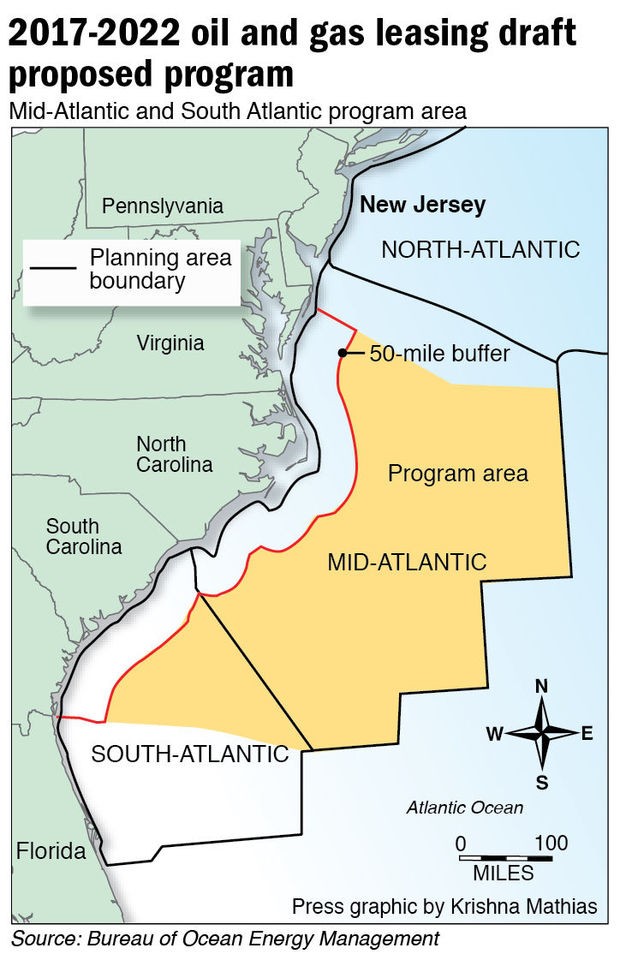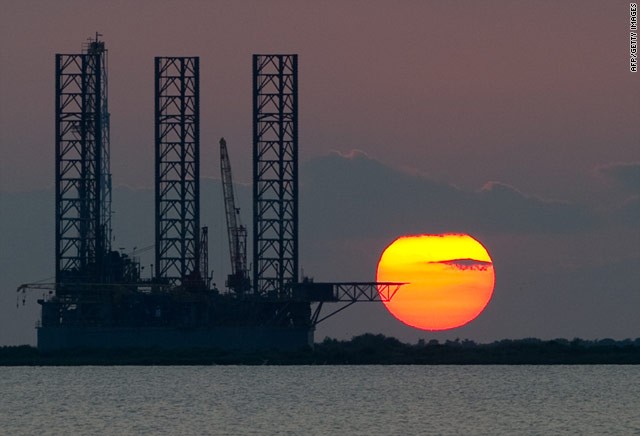Pros and cons of offshore drilling debated
Post on: 11 Октябрь, 2015 No Comment

January 20, 2010
On Monday afternoon, the Sanibel MAL Unit of the League of Women Voters presented a program discussing the potential risks and benefits of offshore oil drilling, which was held at the Sanibel Public Library.
Moderated by Dr. Carolyn Grey, president of the Zonta Club of Sanibel-Captiva, the seminar featured presentations by David Mica, executive director of the Florida Petroleum Council, and Darren Rumbold, associate professor of Marine Science at Florida Gulf Coast University.
According to Mica’s PowerPoint presentation, Energy Issues In Florida, the key elements to the issue were oil exploration, production and refining. Because 7.5 percent of the United States’ gross national product comes from the gasoline industry, offshore oil exploration is key to:
Increasing American supplies
Investing in the latest drilling technologies
Focusing on exploration efficiency
Using alternative and renewable energies
It’s clear that the demand for oil and gas is going up, said Mica. Not just in the United States, China and India, but throughout the world.
Among the alternative energies currently being explored is Brazilian ethanol, a bio-deisel fuel derived from sugar cane.
This is nothing new. We’ve been producing ethanol for more than 2,000 years, Mica noted. But the difference is that most of the time, we’ve been drinking it.
He further explained that oil drilling in Florida has been around since the early 1940s, when a rig discovered oil in Sunniland. Today, Florida is the ninth leading oil producer in the United States. And with technologies including 3-D imaging and seismic locators, finding oil has become less invasive and more productive.
Rumbold’s presentation addressed the risks of oil exploration and exploitation, along with the probability and consequences of leaks or other spill-related disasters.
Current, he noted, there are 3,820 active oil drilling platforms off the coast of the United States, which produce approximately 1.3 million gallons per day. Annually, that totals about 418 million gallons of crude oil.
However, as a result of Hurricane Katrina and Hurricane Rita in 2005, 457 platforms were damaged off the coast of Texas and Louisiana, with 115 of them completely destroyed.

Oil drilling and shipping-related accidents have resulted in long-lasting and negative impacts on wildlife, including beaches, seagrasses, mangroves, sea birds, sea turtles, manatees, dolphins and whales, Mica added.
Following their presentations, both men fielded questions from the audience. Asked by one attendee how close oil rigs might appear offshore if the federal and state regulations — currently 10 miles — are lifted, Mica’s answer was non-committal as far as distance is concerned.
We only want to drill as close to shore as we think the oil is, he said. It sounds trite, but we don’t want to explore any closer than we would need to.
Mick Denham, who attended the program along with fellow councilor Kevin Ruane, said that he believes the United States should be focusing on converting heavy-duty commercial vehicles, trucks, buses and energy plants to natural gas.
It is much easier to transport, he noted. We’ve already identified large natural gas fields that could last us for hundreds of years. I think that’s where we should be putting our money.
Methane hydrate is the big, big thing right now, Rumbold told the audience of about 65 residents. That may be the solution, but we still have a lot of research to do.
Asked if there could ever be a completely safe way to conduct offshore oil drilling, Rumbold said that there was no sure way to protect against spills 100 percent.
You need to consider all of the risks, he added. I’m not here to say oil rigs are safe or not safe to do. There are still a lot of questions that need to be answered before we can make that decision.














